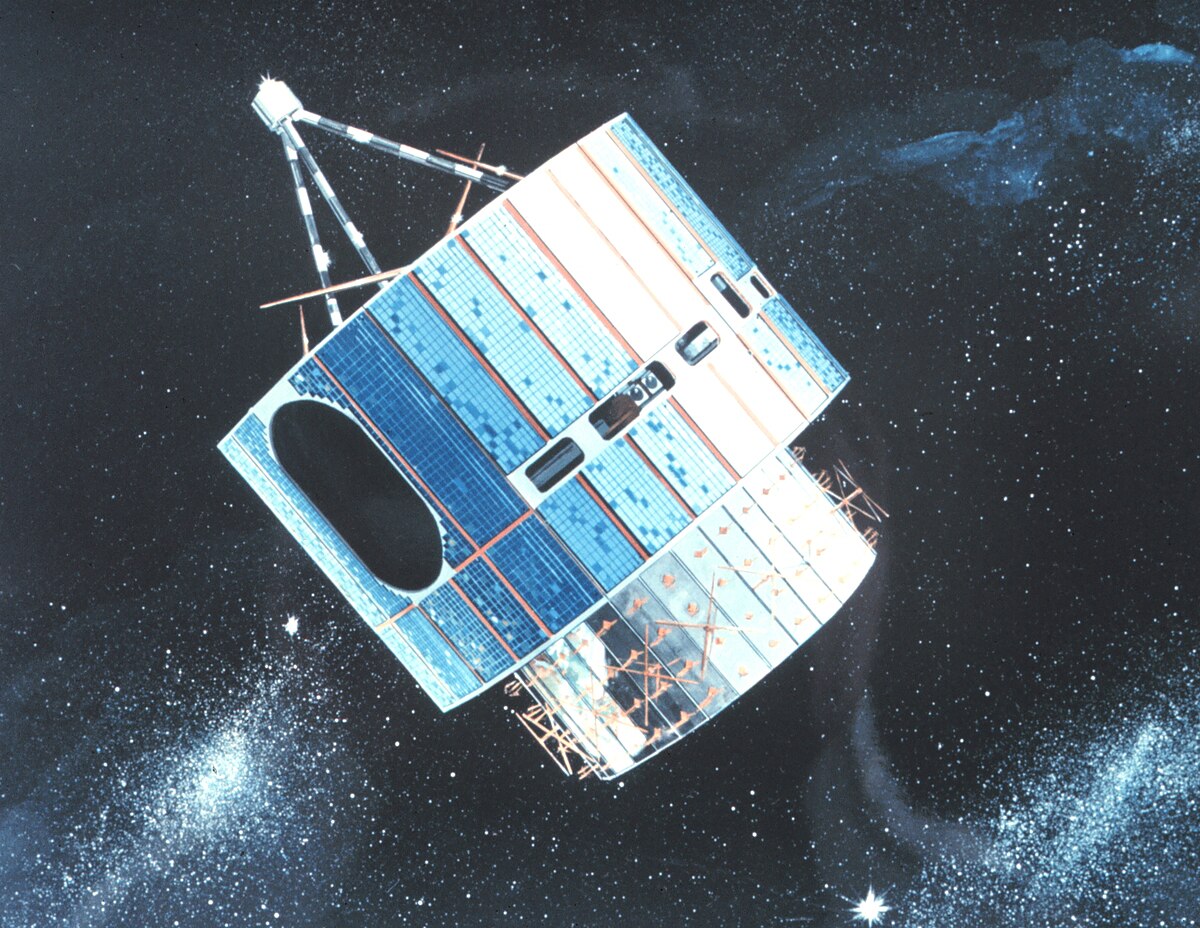Apart from indian rockets these satellites have been launched from various vehicles including american russian and european rockets sometimes as well.
Two artificial satellites p and q.
There may be others that serve similar functions but the satellites listed are exemplars.
Physics q a library two artificial satellites i and ii have circular orbits of radii r and 2r respectively about the same planet.
The first artificial satellite was the soviet sputnik 1 mission launched in 1957.
It orbited for three weeks before its batteries died and then orbited silently for two months before.
The orbital velocity of satellite i is v.
Satellite 1 or ps 1 простейший спутник 1 or prosteyshiy sputnik 1 elementary satellite 1 was the first artificial earth satellite.
The orbital velocity of satellite i is v.
The size altitude and design of a satellite depend on its purpose.
Most of these satellites are representative of an entire class of satellites.
On 4 october 1957 the soviet union launched the world s first artificial satellite sputnik 1 since then about 8 900 satellites from more than 40 countries have been launched.
An artificial satellite is an object that people have made and launched into orbit using rockets.
In the context of spaceflight a satellite is an object that has been intentionally placed into orbit these objects are called artificial satellites to distinguish them from natural satellites such as earth s moon.
There are currently over a thousand active satellites orbiting the earth.
Following that feat on nov.
Since then dozens of countries have launched satellites with more than 3 000 currently operating spacecraft.
3 1957 the soviets launched an even more massive satellite sputnik 2 which carried a dog laika the united states.
The soviet union launched it into an elliptical low earth orbit on 4 october 1957.
Sputnik 1 ˈ s p ʊ t n ɪ k ˈ s p ʌ t n ɪ k.





























